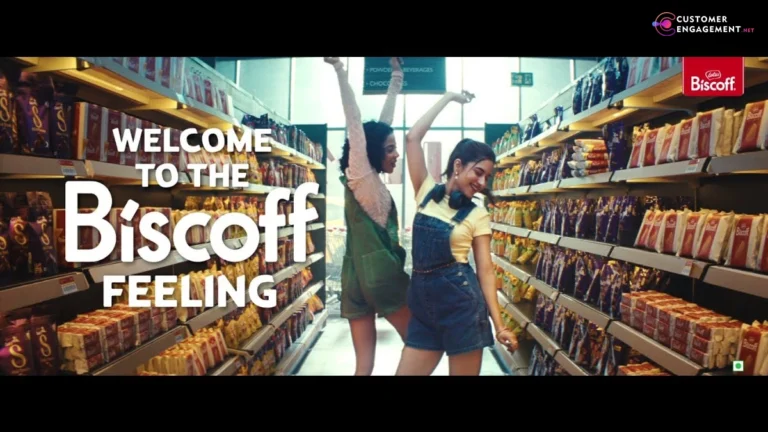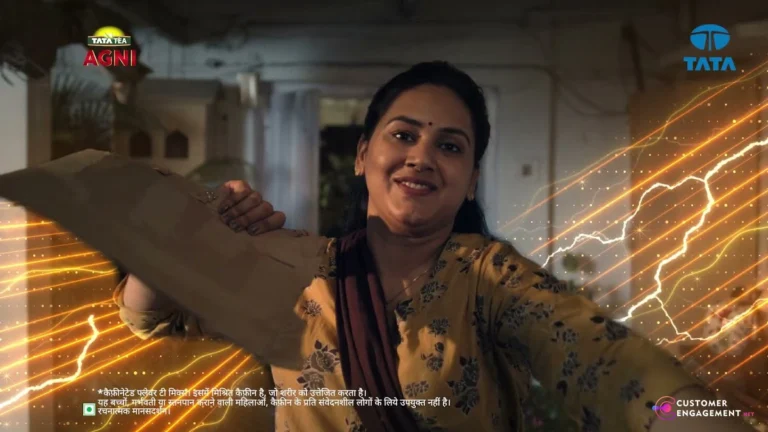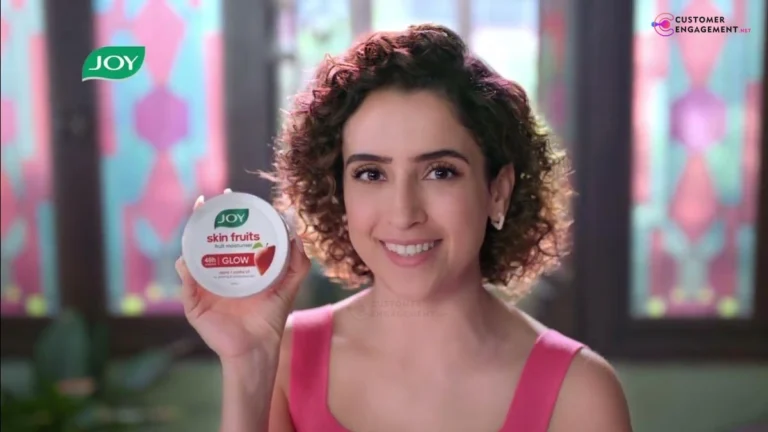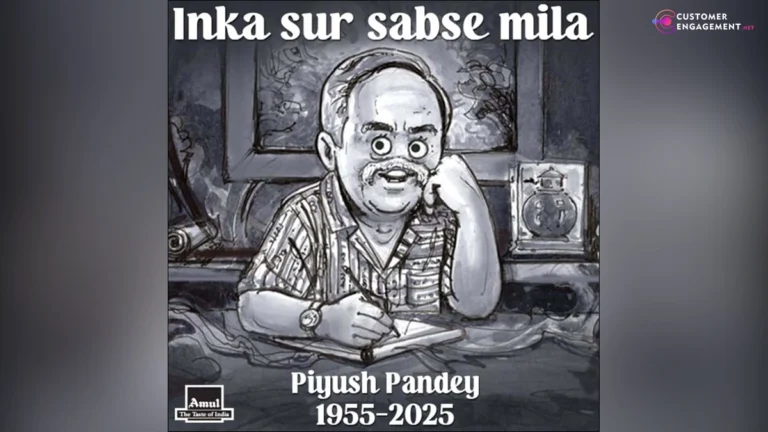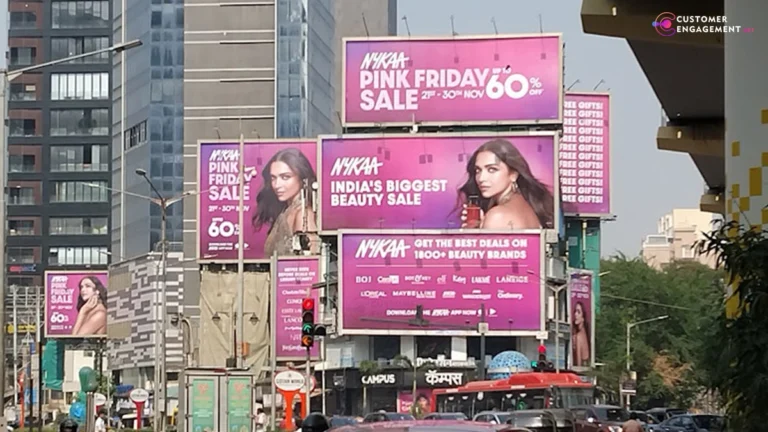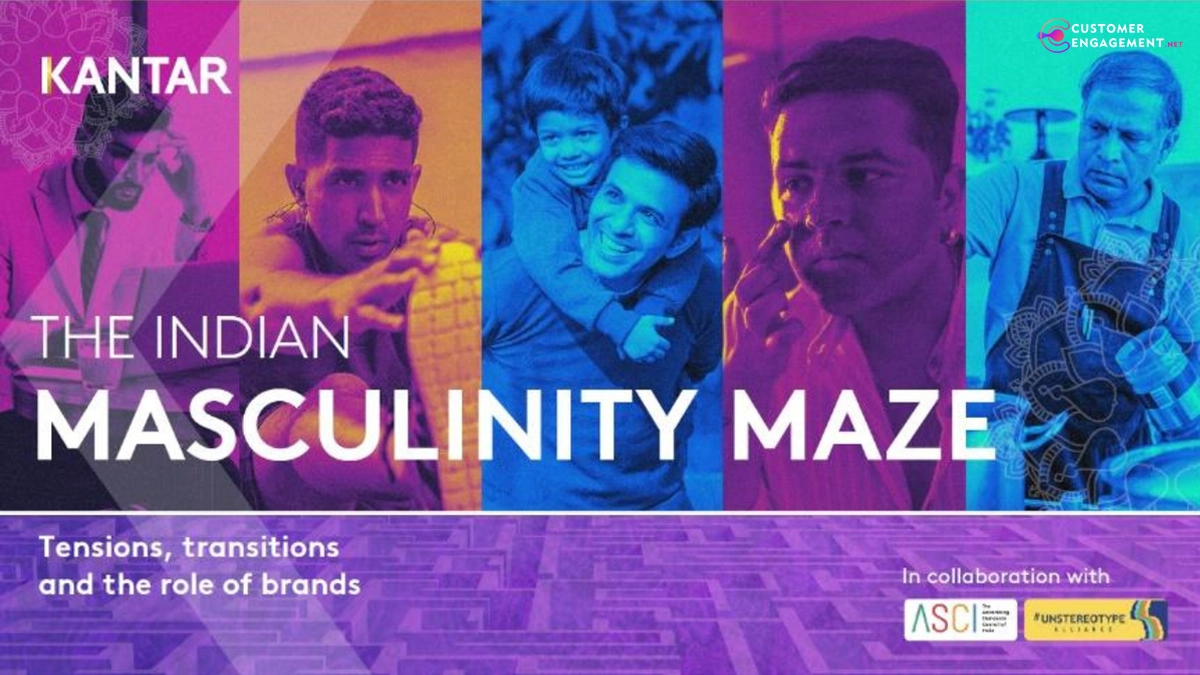
A new study by Kantar, ASCI, and UN Women shows how Indian men feel like they aren’t being represented in ads. The study says that brands should stop using old-fashioned male stereotypes and start using more realistic, emotionally complex images that show what it means to be a man today and lead to better ROI.
New research from Kantar, the Advertising Standards Council of India (ASCI), and UN Women’s Unstereotype Alliance shows that Indian men feel just as misrepresented in ads as women have long said they do. This is a powerful wake-up call for the Indian advertising industry.
The report, called The Indian Masculinity Maze, looks at how modern Indian men are becoming more emotionally, domestically, and culturally complicated, and how this is very different from how the media shows them. The results are important for both marketers and society as a whole because they were based on a detailed two-part research method that looked at 880 urban Indian men in eight cities and analyzed more than 450 TV ads.
“This report isn’t about rewriting masculinity overnight. It’s about recognizing where men are today—often caught between tradition and transition—and helping brands engage with that complexity in a way that’s both commercially smart and culturally sensitive,” said Prasanna Kumar, Executive Vice President, Insights Division, Kantar, and co-author of the report.
Key Findings: Identity in Transition
Indian men today have to deal with more than ever—work stress, family duties, emotional strain, and changing ideas about what it means to be a man. But ads still mostly show them using old, one-dimensional stereotypes.
- 71% of men agree that “real men don’t cry,” yet many admit this belief is emotionally limiting.
- 41% of Millennials and 31% of Gen Z men feel negatively represented in advertising, versus just 15–17% among older generations.
- Many men report suppressing emotions like fear, loneliness, and vulnerability, which are rarely shown in mainstream media.
What Ads Get Wrong
Kantar’s ad audit shows that the advertising industry relies too much on stereotypes of men:
- 94% of ads did not challenge traditional male roles.
- Only 6% of male characters were shown offering emotional care or respect towards women.
- Household or caregiving scenes involving men appeared in just 1% of ads.
- 43% of voiceovers were male versus 31% female—reinforcing male authority, even in balanced narratives.
“Most ads still rely on outdated male stereotypes, rarely showing men as emotionally present or involved at home… But this isn’t just a cultural miss; it’s a commercial one,” said Soumya Mohanty, Managing Director & Chief Client Officer – South Asia, Insights Division, Kantar.
The Missed Business Opportunity
Not only is breaking male stereotypes the right thing to do, it also pays off. The LINK ad performance database from Kantar provides strong evidence:
- Ads that show men with a range of emotions boost long-term brand equity by 63 points.
- These same ads make it 44 points more likely that sales will go up in the short term.
- Brands that test ads with men and women of all races, especially in the personal care and household categories, do better with both men and women.
Gen Z: A Generation Left Unseen
Young Indian men, especially those in Generation Z, are open to changing gender roles and how they show their feelings, but they feel ignored or misrepresented.
- More than 60% think that ads put too much emphasis on confidence, control, and looks.
- 48% think that grooming is shown with too much stress.
- 32% of people say that ads don’t show enough men as fathers and careers.
- Gen Z men say they’re trying to find a balance between tradition and change, but ads aren’t helping them do that.
Industry Voices Call for Change
The report has drawn endorsements from key industry leaders and regulatory bodies.
“ASCI is committed to fostering progressive advertising representations. We’re pleased to associate with Kantar on this study to help the industry move beyond superficial portrayals to create more authentic, positive representations of men,” said Manisha Kapoor, CEO & Secretary General, ASCI.
“Achieving gender equality and inclusion requires meaningful engagement of all genders, including men and boys… Marketers and content creators must evolve their narratives to reflect this reality,” said Kanta Singh, Country Representative (Ad Interim), UN Women India.
The Way Forward: A Roadmap for Brands
The Way Forward: A Guide for Brands
- Show Real Lives: Don’t just show the surface. Show men dealing with stress at work, health issues, parenting, and emotional problems.
- Represent Shared Roles: Make caregiving and emotional work a normal part of being a man, not something that only happens once in a while.
- Focus on Emotional Journeys: Let men be open, lost, and going through changes, not just sure and sorted.
- Test Inclusively: Include men in ad testing, especially in areas that have to do with masculinity, like home care, grooming, and wellness.
- Be a role model for modern masculinity: show strength through compassion. Let men be warm, thoughtful, and even unsure—these are all normal human traits.
- Colour the Whitespace: Look into unmet needs in mental health, identity, and emotional well-being. This is a creative and commercial whitespace for brands.







